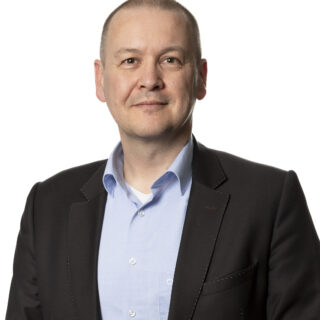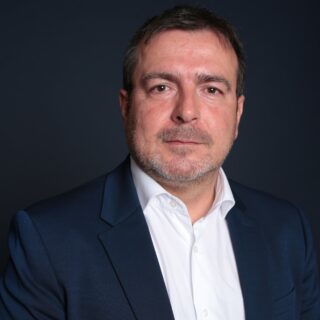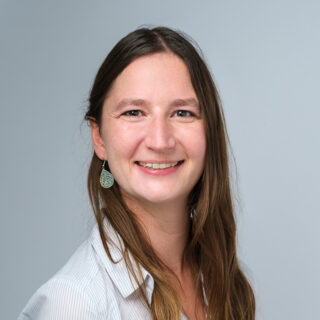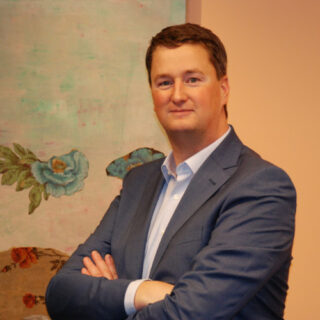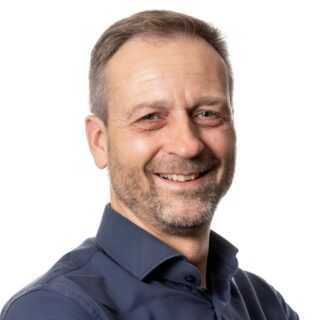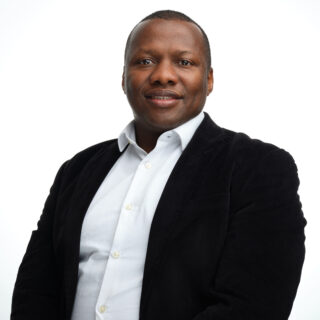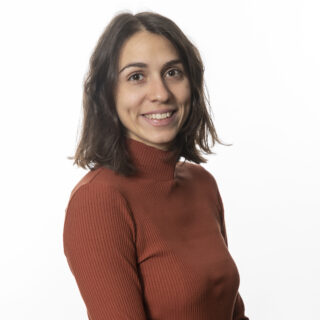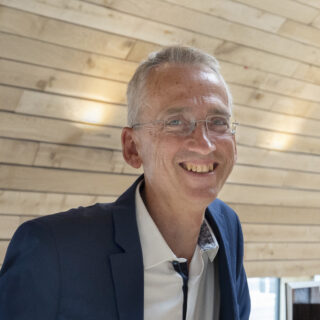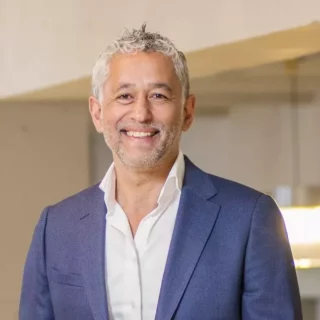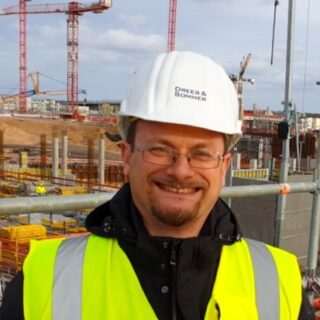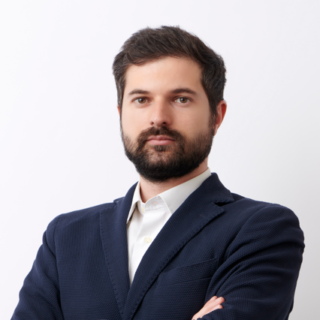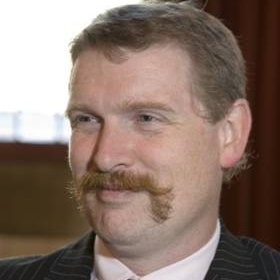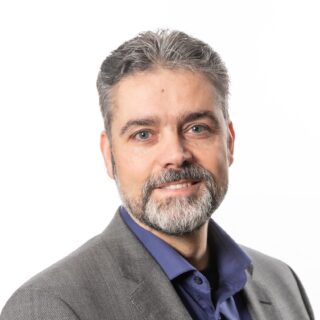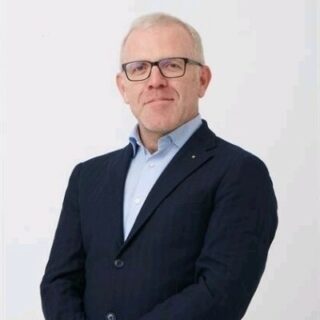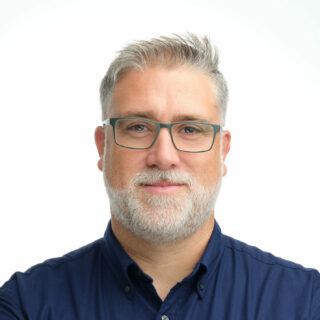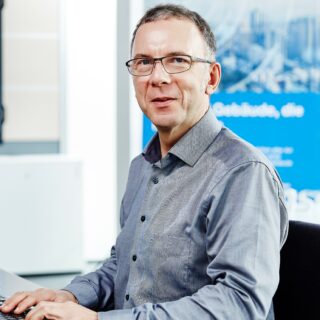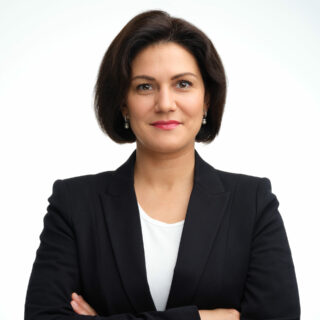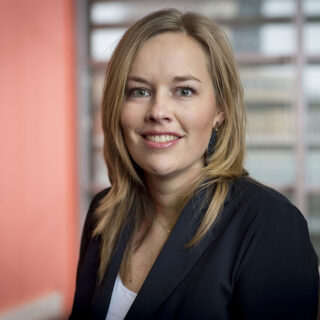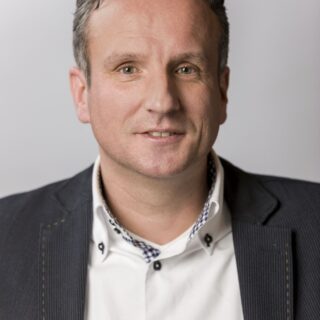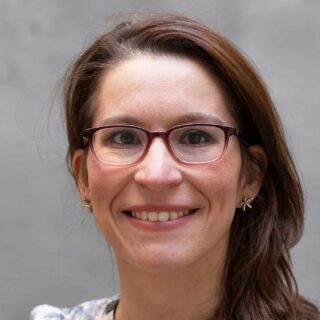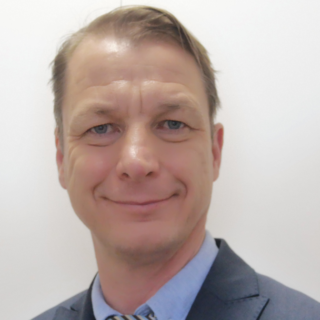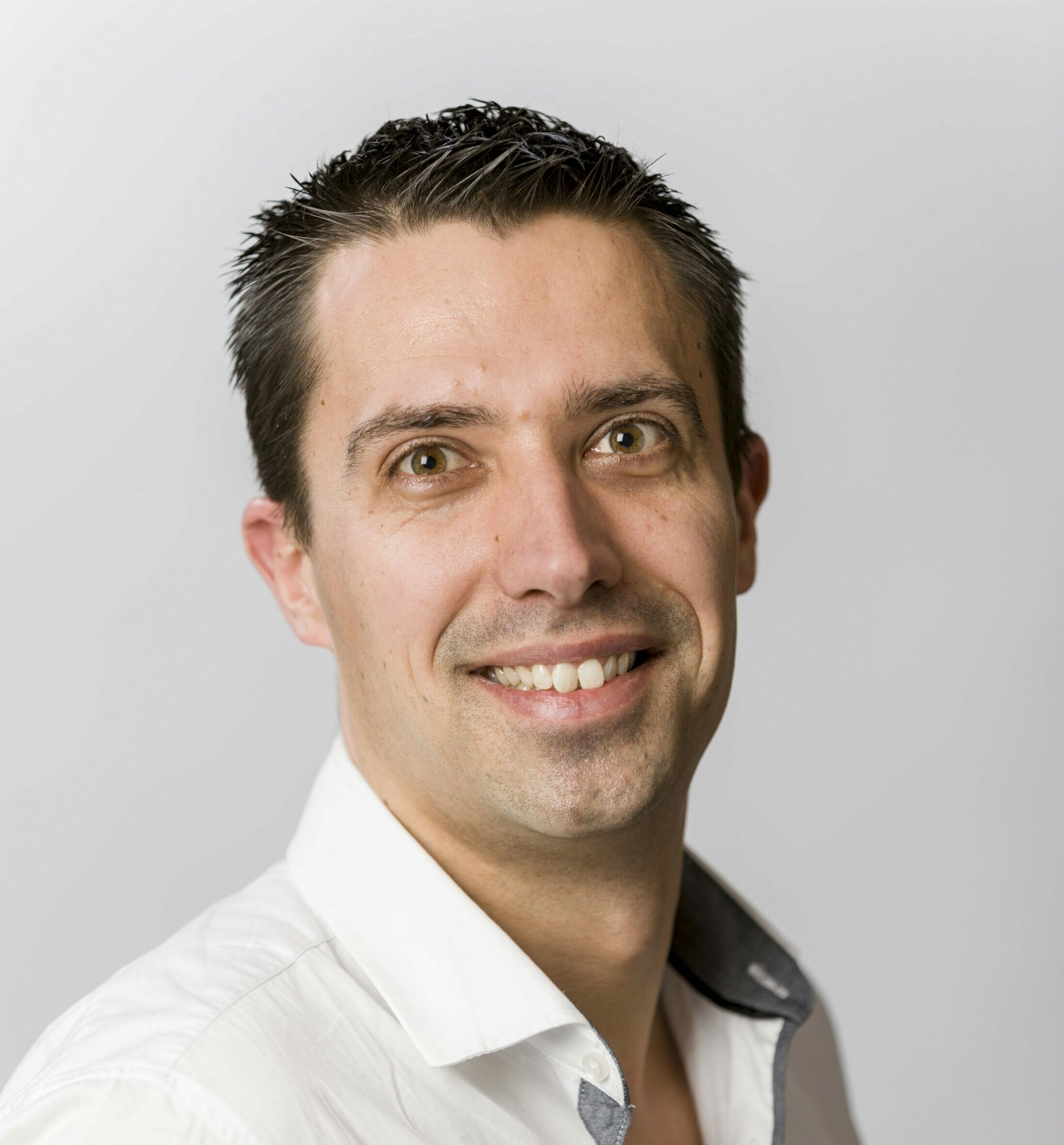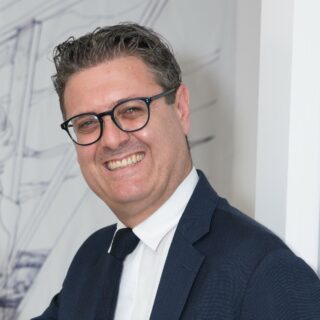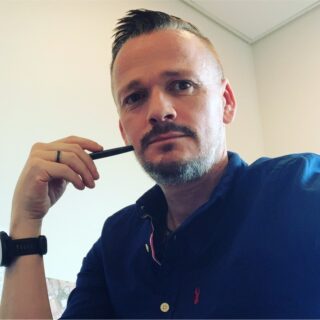
3D and Virtual Reality (VR) are transforming hospital design, converting complex ideas into accessible journeys by brining design to life. End users can be in on the design process from the start.
In complex projects, such as hospital designs, 3D and VR technology make a world of difference. These technologies offer exceptional opportunities to work more efficiently, identify bottlenecks early on and collaboratively build healthcare environments that function optimally.
" At Deerns, we use technology not as an end in itself, but as a powerful tool in the design process.
3D models: more insight, fewer errors
3D models bring a design ‘to life’.
This gives all stakeholders, from construction teams to end users, including healthcare staff, a clear picture of what the building and its installations will look like.
Walking routes, patient areas and technical areas can be assessed in detail and adjusted where necessary.
Four Benefits of 3D models:
- Bringing Design to life: 3D captures the imagination and since the application of the design in ‘real life’ is visible immediately . This is especially useful for onboarding non-technical users to the design concept.
- Accessibility for all: Stakeholders can log in to view models at any time and from any location.
- Shared Coordination and collaboration: Different teams can work in a single model, with tasks assigned visually. This enables quick overview reports which saves time and creates an overview which saves time and costs beyond the design team e.g. colour coded items are easily converted into figures e.g. furniture for coded as red can be itemized for the client purchase department.
- Error reduction: Errors, such as pipes running through appliances, become visible early in the process, saving time and costs.
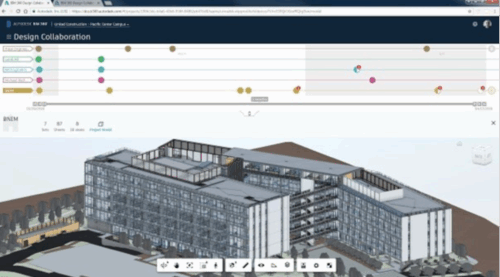
From 3D to VR: a life-like experience
VR takes the virtual experience up a notch. A virtual walk through of a hospital provides a perspective for quick decision-making. Whereas in 3D models a building is visible from all sides, with VR glasses, users step virtually inside the building.
Three advantages of VR in the hospital design process
- Realistic simulations: Care teams can explore walking routes and assess whether spaces match their primary care processes.
- Better communication: VR makes complex design ideas instantly tangible to everyone, including stakeholders who are not on the project team from hospital staff to project managers. As a result all stakeholders can immediately be part of the design process.
- Enthusiasm and engagement: During open days or presentations, VR brings the vision of a hospital to life in an impressive way.
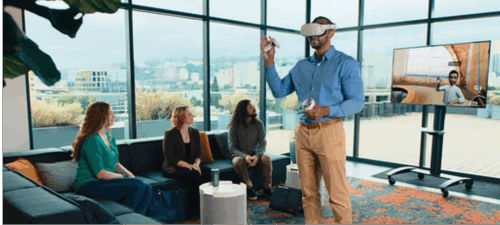
Document management: a solid basis for 3D designs
In complex, long-term hospital projects, good document management is critical. This system enables advanced document sharing, e.g. comments and changes are immediately saved as a new file, so everyone is always working with the most recent version. Moreover, the system makes the process more efficient by automatically sending changes to the right people and linking them directly to their allocated section the right part. Stakeholders have continuous insight into current documents, and information remains accessible for years.
Here, good cooperation is key
Thanks to 3D and VR, we collaborate more efficiently with clients, the project team and other stakeholders. Here’s where we ensure that hospital designed today are ready for tomorrow’s challenges.
